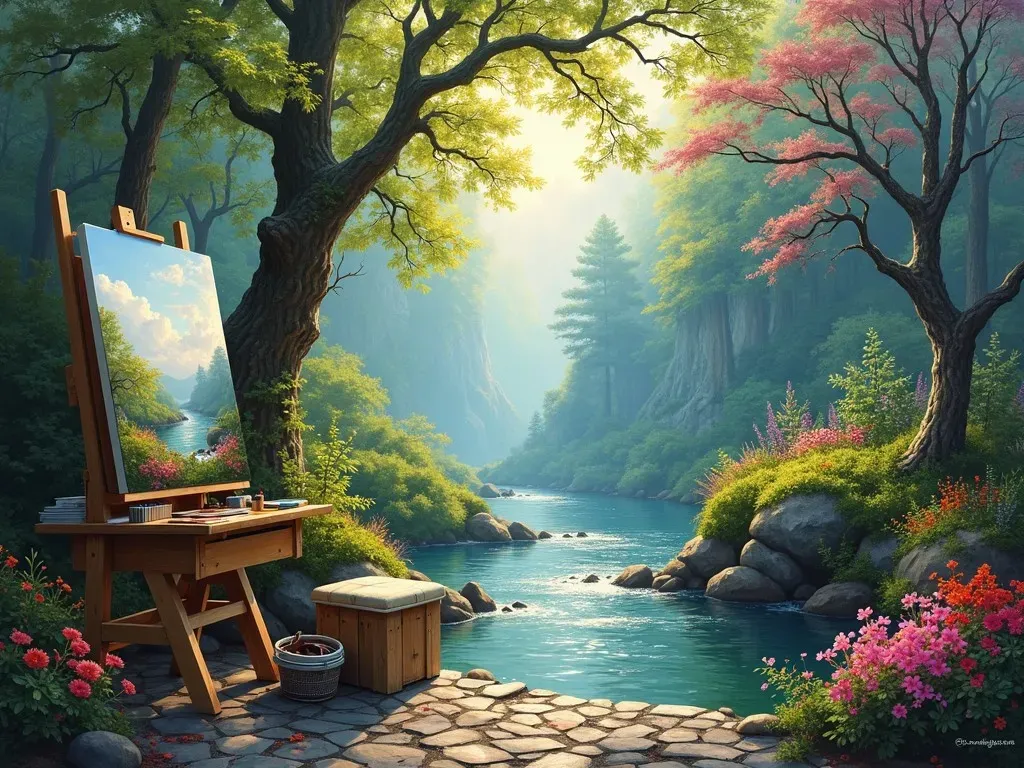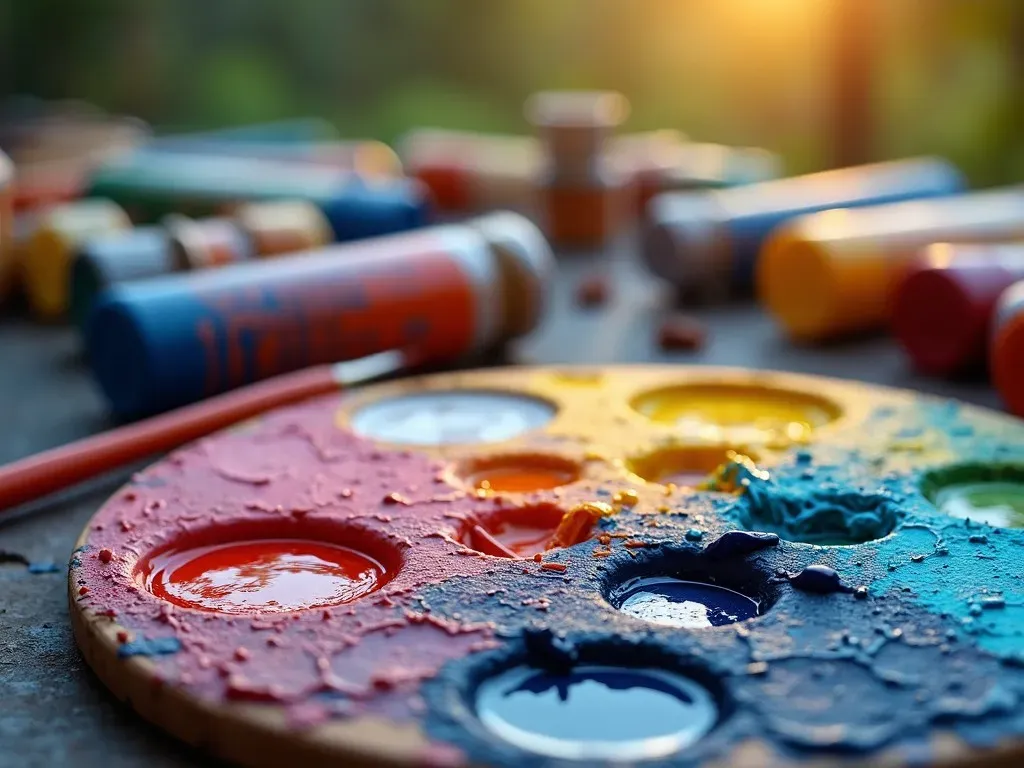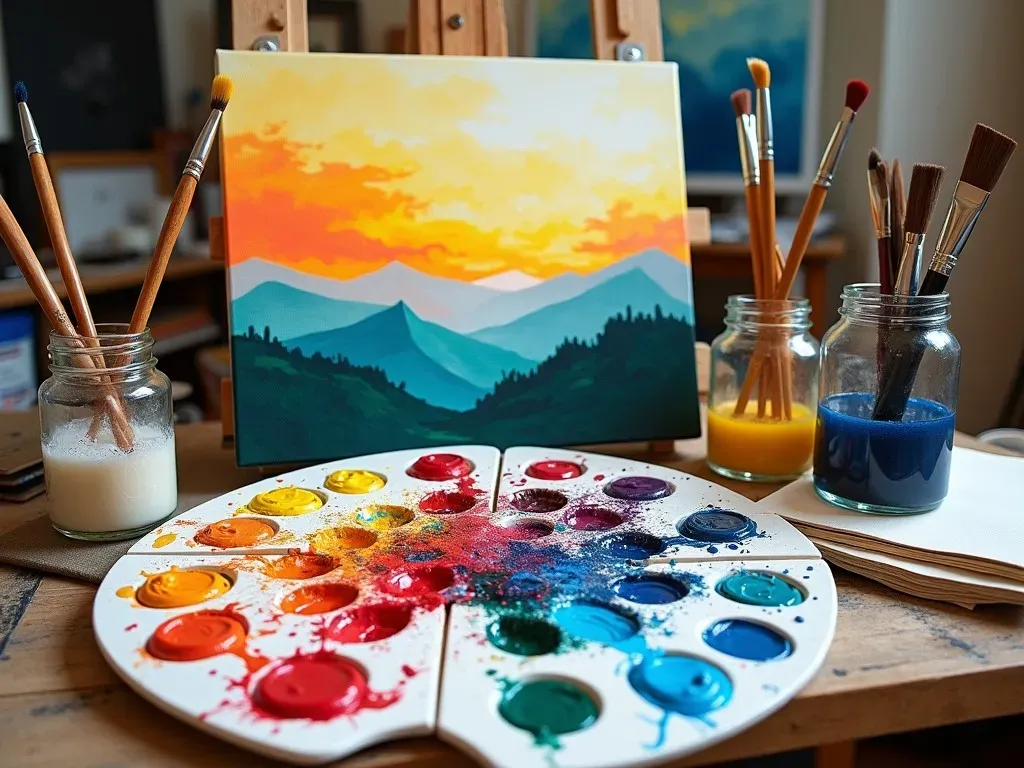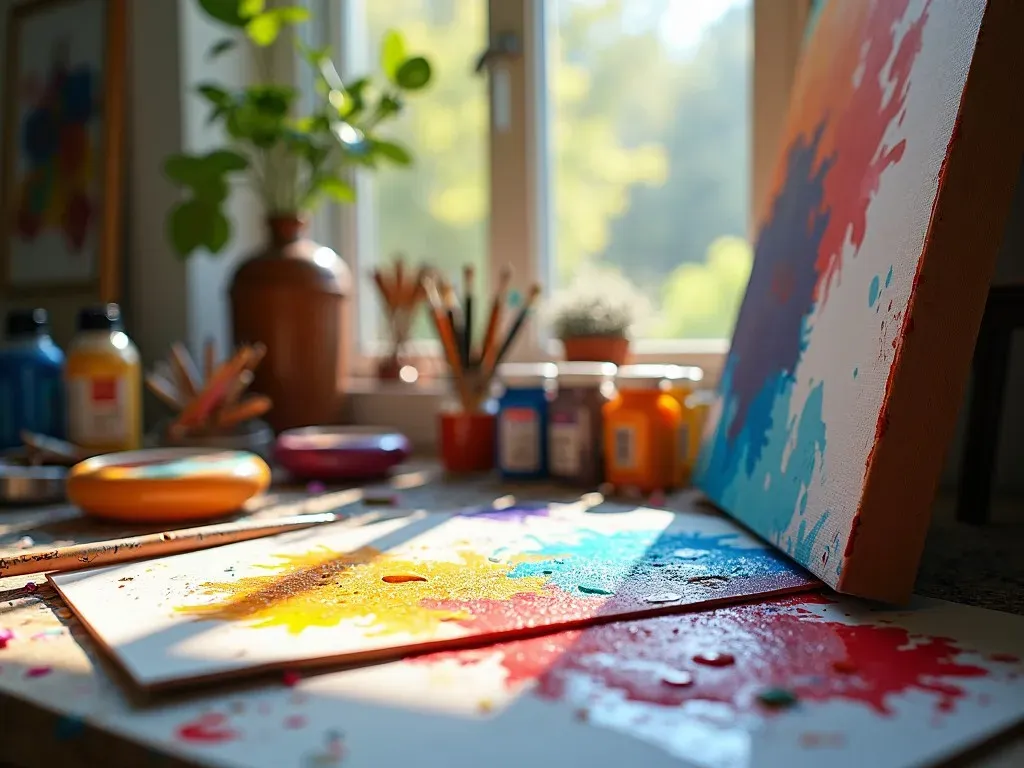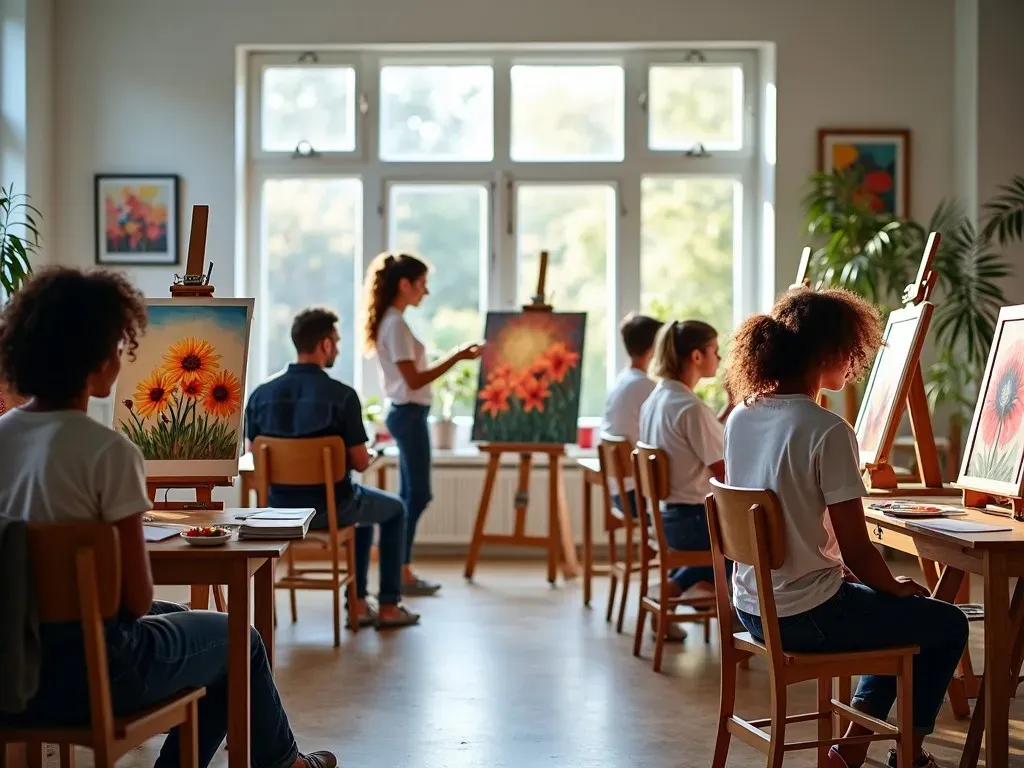Oil painting is a painting method involving the procedure of painting with pigments and using drying oil as the binder. For centuries, it has been the preferred technique for creating artistic works on surfaces like canvas, wood panels, or copper. This guide will give you everything you need to know about oil painting, with tips and resources designed specifically for beginners!
Understanding Oil Painting
Oil paint is a medium comprised of colored pigments combined with a drying oil, which acts as a binding agent. The unique properties of oil paint allow for greater flexibility, richer colors, and a diversity of applications, making it a favorite among many famous artists throughout history. A few notable aspects of oil painting include:
- Drying Time: Oil paints take a longer time to dry compared to acrylics, allowing artists to blend and manipulate the paint for extended periods.
- Color Depth: Oil paints generally offer a richer color saturation and a wide range of mixing possibilities.
Key Components
Before diving into Techniques, it’s essential to familiarize yourself with the materials and tools available for oil painting.
Essential Supplies for Oil Painting:
| Item | Description |
|---|---|
| Oil Paints | Available in tubes or jars, with various colors. |
| Brushes | Different shapes and sizes like flats, rounds, and filbert. |
| Canvas | Pre-stretched canvases or canvas boards. |
| Palette | Used for mixing colors; can be wooden or glass. |
| Palette Knives | Useful for mixing paints and applying texture. |
| Mediums | To alter the viscosity and drying time of the paint (linseed oil, turpentine, etc.). |
| Rags/Towels | For cleaning brushes and wiping your hands. |
| Easel | To hold your canvas at a comfortable angle. |
Facts, Figures, and Resources
-
Popularity of Oil Painting: Oil painting has found a resurgence in popularity in recent years, especially among hobbyists and art students. According to a 2020 Arts Education survey, 45% of art students preferred oil painting over other mediums.
-
History: The use of oil-based pigments dates back to the 7th century. However, its widespread adoption is primarily credited to the Northern Renaissance artists, such as Jan van Eyck.
-
Artists: Renowned oil painters include Leonardo da Vinci, Vincent van Gogh, claude monet, and more contemporary figures like Gerhard Richter.
For a more in-depth guide on getting started with oil painting, visit Draw Paint Academy.
Basic Techniques for Beginners
1. Color Mixing
Understanding how to mix colors will be vital to your oil painting journey. Experiment with primary colors (red, blue, yellow) to create secondary colors (green, orange, purple). Here’s a simple color mixing guide:
| Primary Color | Mixed With | Resulting Color |
|---|---|---|
| Red | Yellow | Orange |
| Yellow | Blue | Green |
| Blue | Red | Purple |
2. Brush Techniques
In oil painting, different brush techniques will yield various effects. Here are some common ones you should try:
- Dry Brush: Using a small amount of paint, create textured effects and fine details.
- Scumbling: For a hazy effect, lightly drag a dry brush over dry paint.
- Glazing: This involves applying thin, transparent layers of paint to give depth to colors.
3. Layering and Impasto
Oil paint can be layered, which helps in building texture and depth. Impasto is a technique where paint is applied very thickly, often creating a three-dimensional effect on the canvas.
Common Challenges and Solutions
The Fat Over Lean Rule
One common pitfall is the “fat over lean” rule in oil painting. This means that each additional layer of paint should contain more oil than the layer beneath it. This will help prevent cracking as layers dry at different rates.
Drying Times
Working with oil paints can be frustrating due to the long drying times. To speed up drying, you can use fast-drying mediums like alkyd oil, which will affect the paint’s texture and flow. Experiment to find a balance that works for you.
FAQs About Oil Painting
Q: Can I use regular paintbrushes for oil painting?
A: While you can use regular brushes, it’s advisable to use those made specifically for oil painting. These brushes are designed to withstand the thick, oily nature of oil paints.
Q: How do I clean my oil painting brushes?
A: Clean brushes with a combination of mineral spirits or turpentine followed by soap and water. Always rinse thoroughly to avoid residue.
Q: Can I paint with oils without solvents?
A: Yes! There are water-mixable oil paints that you can use, allowing artists to work without traditional solvents.
Q: What are some beginner oil painting projects I can try?
A: Beginners can start with still life setups, landscapes, or simple abstract compositions to allow experimentation with color and texture.
Conclusion
With the right tools, techniques, and a willingness to experiment, oil painting can become a fulfilling hobby or even a professional pursuit. Embrace your creativity, let your imagination flow, and who knows? Perhaps you’ll be the next master of oil painting!
For more in-depth techniques and guidance, refer to the full resource available at Britannica.
Happy Painting!